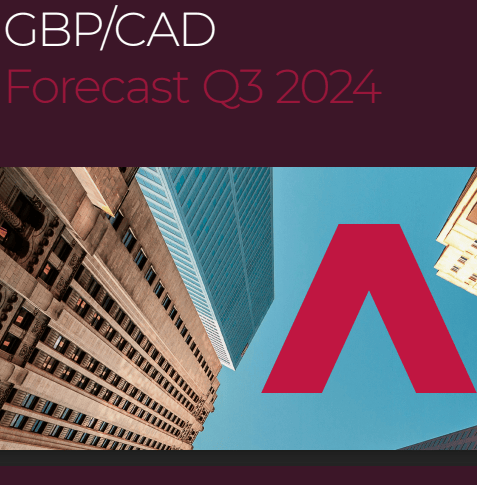Canadian Dollar Stands to Gain if Core Inflation Has Scuppered July Rate Cut
- Written by: Gary Howes
-

Image © Adobe Stock
The Canadian Dollar is one of the better-performing G10 currencies following the release of Canadian inflation figures, which raise questions about the appropriateness of another Bank of Canada interest rate cut as soon as the July meeting.
The Canadian Dollar is higher against the majority of G10 peers, save for the U.S. Dollar, after Canadian inflation printed at 2.7% year-on-year in June. Statistics Canada said the month-on-month figure was at -0.1%, which was less than the 0.1% growth expected by markets.
On paper, the headline print supports the odds of a Bank of Canada rate cut later this month, which would lean bearish for CAD.
However, the Bank of Canada is particularly interested in core measures of inflation, judging this basket of goods and services to be responsive to the interest rate level it sets.
"Canadian headline inflation decelerated as expected last month, but the underlying price indicators followed most closely by the Bank of Canada remained surprisingly sticky, arguably making a back-to-back rate cut at the central bank’s July meeting marginally less likely," says Karl Schamotta, Chief Market Strategist at Corpay.
CPI-trim and CPI-median - two measures of core inflation - each rose by 0.24% m/m, above a rate of 0.17% which would be consistent with 2% inflation. The closely watched three-month annualised change in CPI-trim and CPI-median picked up further to 2.9% year-on-year in June.
"Swap-implied odds on a rate cut at next week’s Bank of Canada meeting are firming, generating losses in the Canadian dollar," says Schamotta.
Markets now attach a 92% chance that the Bank will lower rates this month. However, should the Bank of Canada disappoint these expectations by leaving rates unchanged, CAD could rally in response to the surprise.
"With central banks often vocalising a meeting-by-meeting approach, the recent acceleration in the BoC's preferred underlying inflation metric may prompt policymakers to delay rate action and adopt a wait-and-see stance," says Justin McQueen, a Reuters market analyst.
Although the data contained some upside surprises that give the Bank of Canada some flexibility, one analyst says the disinflation trend is intact, allowing the Bank of Canada to cut rates next week. Matthieu Arseneau, an economist at National Bank of Canada, says June's core inflation data will not worry the Bank of Canada.
"Some may argue that June’s pace is still too high (2.9% annualised) to reach the 2.0% target. Given that the recent trend is far from eyebrow-raising, we would be surprised if the Bank of Canada is concerned," says Arseneau.
"Data is consistent with our view that the Canadian economy is in great need of oxygen and we still expect a rate cut in July," he adds.
Kyle Chapman, FX Markets Analyst at Ballinger Group, says these inflation data confirm May's uptick was a momentary bump in a disinflationary trend that is still very much alive.
"Progress is not quite as swift as it was early in the year, but the Bank of Canada is still getting what it needs to greenlight a fresh rate cut next week. All the indicators remain within the tolerance band, and it is hard to imagine where any reacceleration would come from given the weak demand picture," he says.
Chapman thinks continued progress on disinflation, widening cracks in the labour market, and potentially three more Bank of Canada rate cuts in 2024 make "a potent mixture for continued weakness" in CAD.







